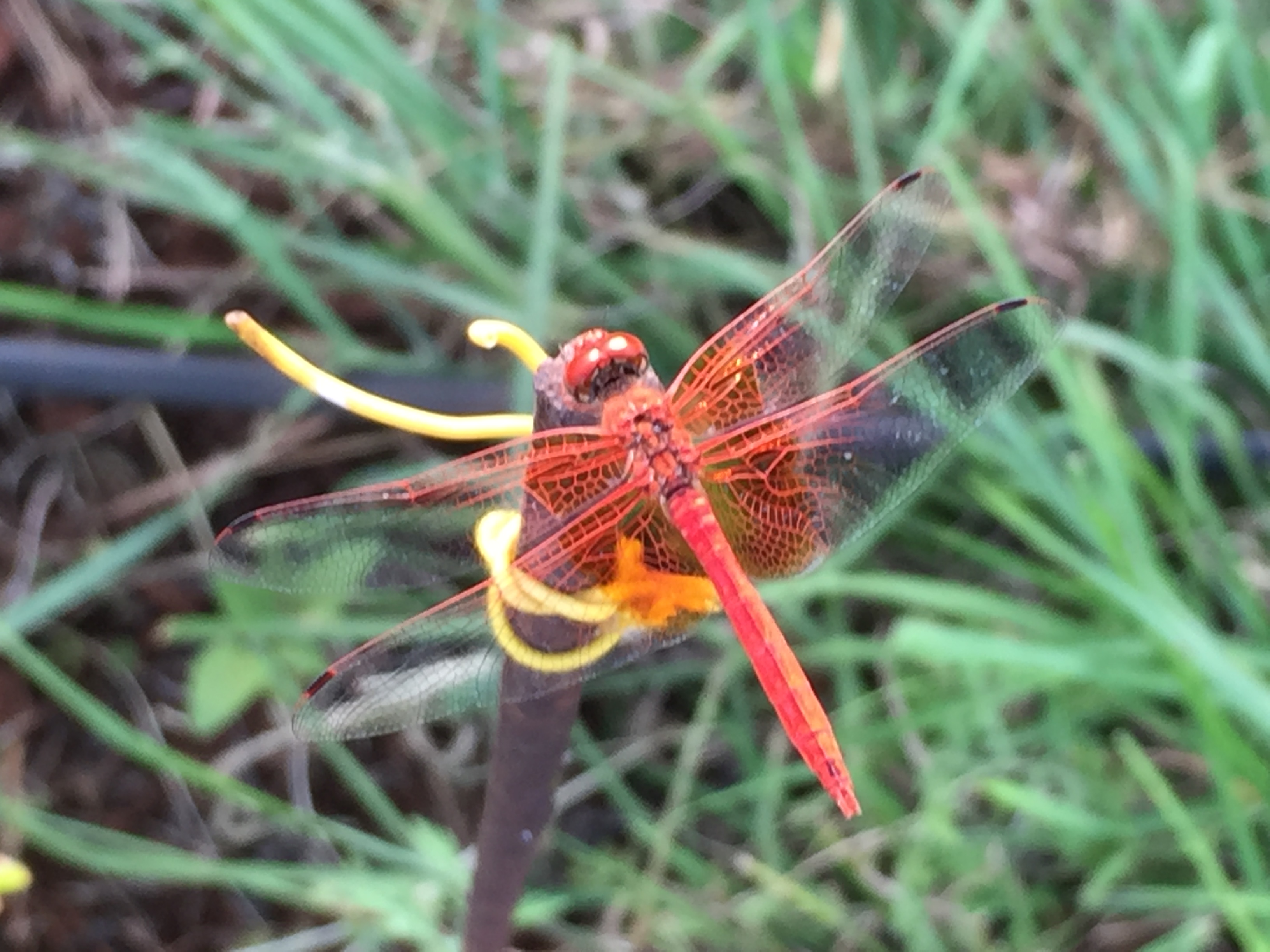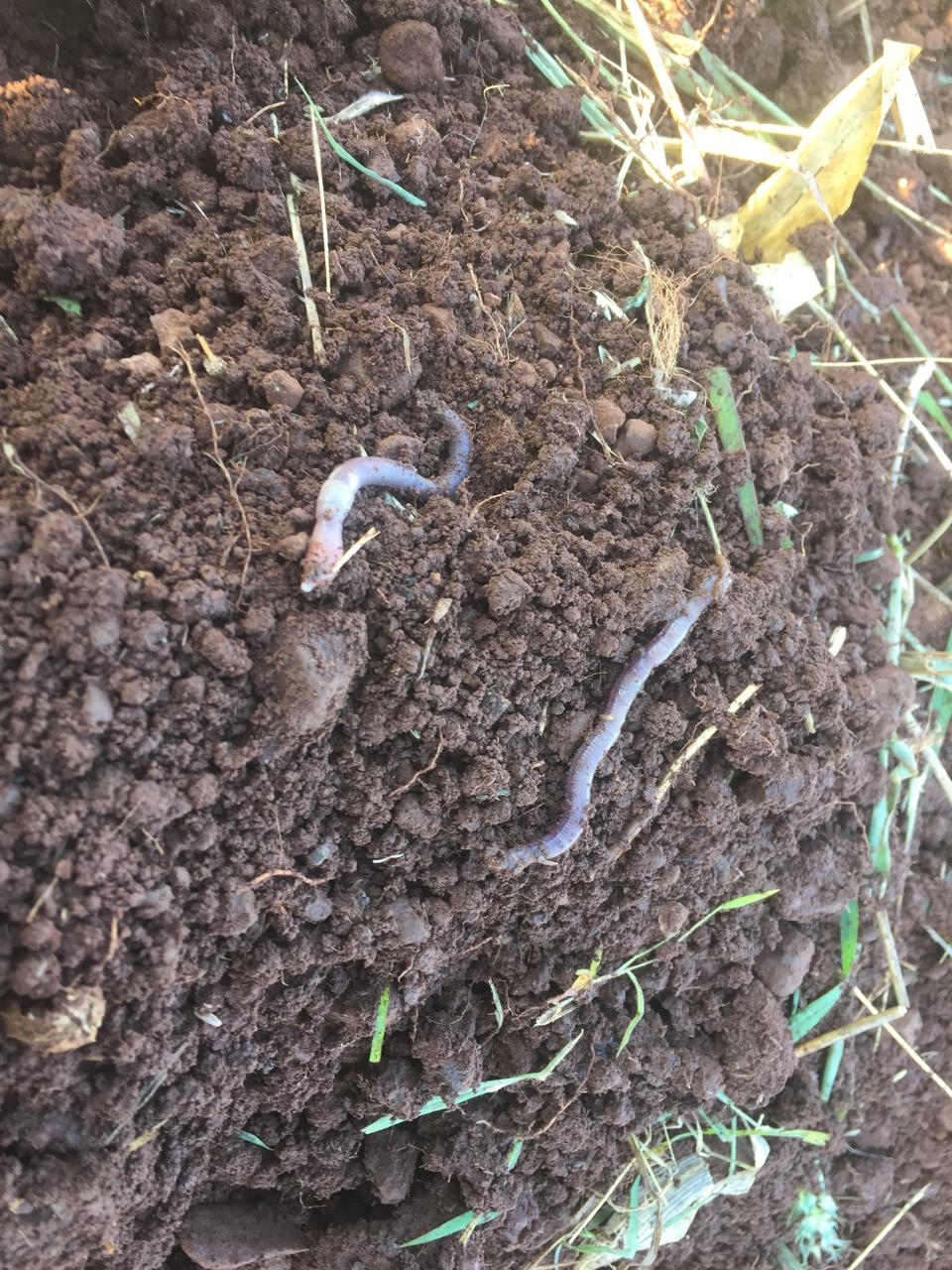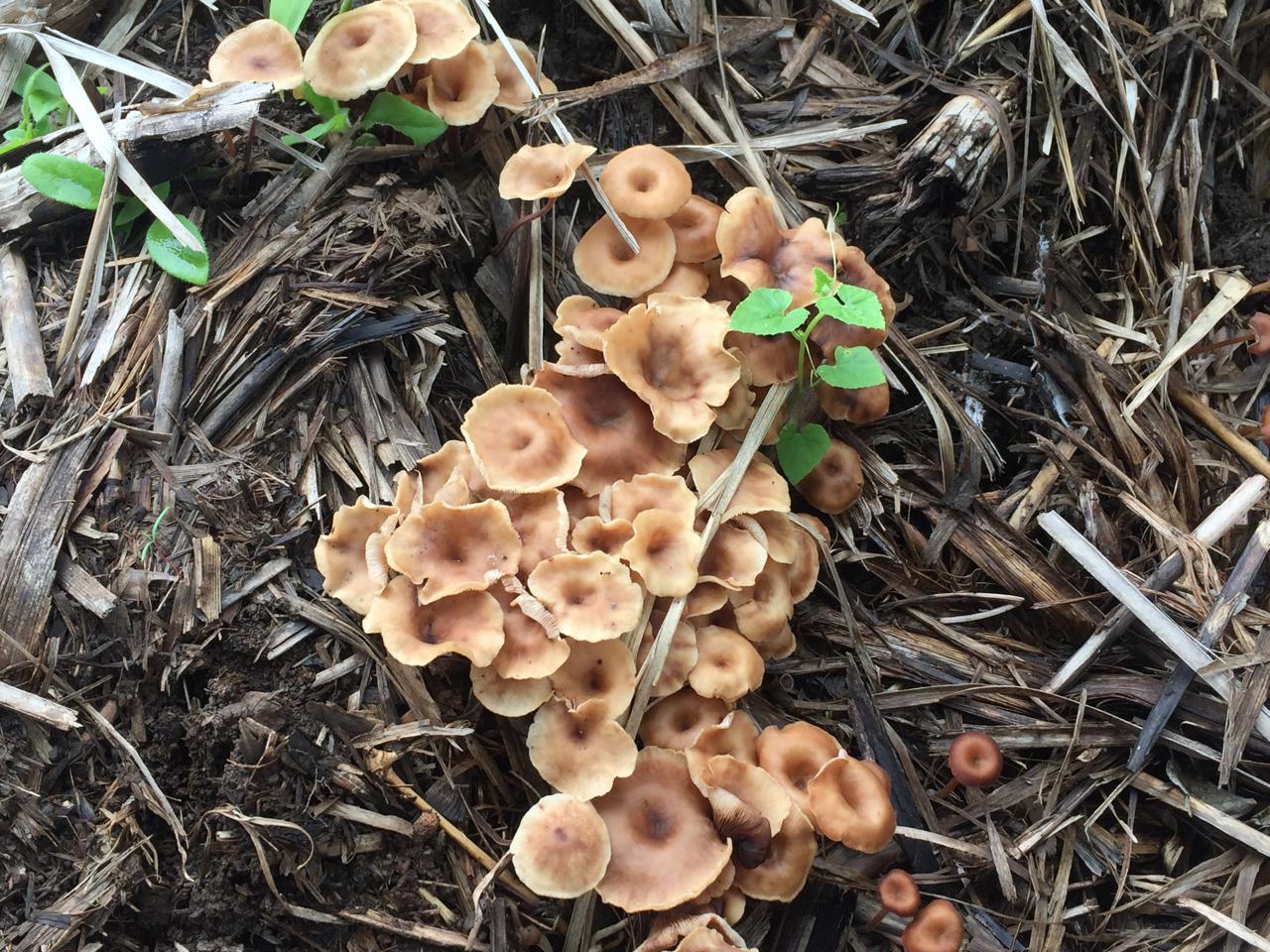Anyone who has ever spent time in a garden or farm knows the frustration of pests. You walk out one morning to find your plants nibbled, your crops devoured, or your system leaves with mysterious holes.
The knee-jerk reaction for many is to reach for that bottle of chemical pesticide and get rid of the problem fast. But what if the real solution isn’t about killing, but about balancing nature?
Nature has been in harmony for billions of years, and pests, believe it or not, are a natural part of the cycle. The key isn’t to eradicate pests entirely, but to create a balance in which pests no longer overwhelm your system or farm.
By fostering a thriving ecosystem of beneficial insects, plants, and microorganisms, you’ll find that your pest problems can resolve themselves in a more sustainable and healthy way. Let’s explore how we can achieve this balance.
Shift Your Mindset: Life-Giving, Not Killing
Before we dive into the solutions, let’s talk about the mindset we bring to pest management. We’ve all heard the phrase, “You reap what you sow,” but it applies far beyond just the crops we plant. If we approach pests with the mindset of eliminating them at all costs, we’re not thinking about the bigger picture.
Instead of focusing on eliminating every pest, think of your system as a community of organisms, each with its role to play. Just as in any ecosystem, not all creatures are harmful. In fact, many insects and animals in your system are helpers, keeping pests under control, pollinating flowers, or enriching the soil.
Instead of focusing on destruction, we need to foster a life-giving environment that attracts beneficial insects and promotes natural pest control. This is where the wisdom of permaculture comes in: working with nature, not against it.
The Power of Good Insects
One of the best ways to solve your pest problem is by attracting more good insects. These beneficial creatures can keep the pests in check naturally, creating a balanced environment without the need for harmful chemicals.
Ladybugs, for example, are a farmer’s best friend. They love to munch on aphids, which are often a farmer's biggest headache. Similarly, predatory beetles and lacewings are excellent at taking care of mites and other tiny pests. The more of these helpful creatures you attract to your system, the less you’ll need to worry about pest outbreaks.
To draw them in, you can plant a variety of flowers and herbs that attract these insects. A patch of marigolds, dill, or fennel can do wonders. These plants act as beacons for beneficial insects, providing both nectar and shelter. You might even think of these plants as creating “pest-free zones” where the good guys come to hang out and work for you.
Creating a Balanced Ecosystem: Diversity Is Key
In nature, monocultures or large expanses of the same plant are rare. Most natural ecosystems thrive on diversity. The same principle can be applied to your system or farm. By planting a wide variety of crops, flowers, and herbs, you create a more resilient system that is better at handling pests.
For example, by planting certain herbs like basil and mint, you can naturally repel insects like mosquitoes and flies. The fragrant oils of these plants act as natural pest repellents, creating an invisible barrier to pests while also offering nourishment to beneficial insects.
This diversity isn’t just limited to plants. Encourage birds, frogs, and other predators that feed on pests. By introducing a variety of creatures, you help establish a natural hierarchy where pests are controlled through predation, competition, and symbiosis, rather than through toxic chemicals.
The Role of Soil Health
A healthy soil ecosystem is the foundation of a thriving forest system, and soil health plays a crucial role in pest management. When soil is rich in nutrients and teeming with beneficial microbes, plants are better equipped to fight off pests. Strong, healthy plants naturally have more resistance to pests, just as a person with a strong immune system is less susceptible to disease.
Building soil health through composting, mulching, and crop rotation can help foster this resilience. The soil isn’t just dirt, it's teeming with life, from earthworms to bacteria to fungi. Each of these organisms plays a role in creating a balanced ecosystem that supports healthy plants and discourages harmful pests.
Natural Pest Deterrents: What Works?
While you’re building this balanced ecosystem, there are a few natural pest deterrents you can use to further support the cause without resorting to harmful sprays.
Derived from the neem tree, its oil has been used for centuries in India and other parts of the world. It’s a powerful natural pesticide, but it’s selective in its action. It targets pests without harming beneficial insects. A blend of garlic, chili, and water can make a great DIY spray to repel insects like aphids and caterpillars. It’s easy to make and doesn’t harm the ecosystem. Diatomaceous earth works by dehydrating soft-bodied pests like slugs, aphids, and ants. It’s safe for plants and beneficial insects but lethal to the pests.
These natural alternatives are much more in harmony with the ecosystem, unlike chemical pesticides that can wipe out the entire food chain, including the good bugs that keep your system in check.
Patience and Observation: Nature's Way of Healing
Nature isn’t quick. It’s slow, steady, and constantly adjusting. Just like in life, nature often requires patience. Your system will need time to balance itself, but once it does, it will sustain itself without constant intervention.
By observing your system, you’ll learn to understand the ebb and flow of nature. Notice which plants are attracting beneficial insects, which pests seem to be causing problems, and which predators are showing up to deal with them. This deeper connection to the land is part of the permaculture mindset: letting nature teach you how to balance and live harmoniously.
Conclusion: Nature’s Wisdom for a Healthy System
Instead of seeing pests as enemies to be wiped out, we need to recognize their role in the ecosystem. They, too, are part of the cycle of life. The solution to your pest problem isn’t about bringing in harmful chemicals; it’s about embracing nature’s balance, encouraging the right insects, and fostering a life-giving environment.
By creating a diverse, healthy, and vibrant ecosystem in your system, you can naturally reduce pest problems and watch your plants thrive. It’s about working with nature, not against it, and allowing your garden to find its natural rhythm. This approach, grounded in the ancient wisdom of permaculture, will not only solve your pest problem but will leave you with a system that is rich, resilient, and full of life.
So next time a pest problem arises, remember: it's not a battle to be won. It's an opportunity to create harmony and balance. The solutions are there — nature has a way of taking care of itself, and with a little patience and understanding, you’ll see that your system can do the same.


